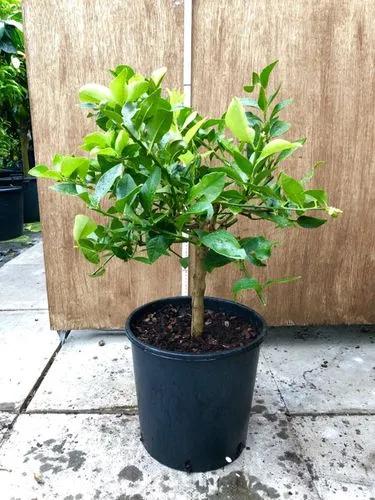Mancenillier is a glabrous, deciduous or evergreen tree with spreading branches and a rounded crown.It can grow up to 18 metres tall with a bole up to 90cm in diameter, but is usually smaller. Although very poisonous, the tree is occasionally used medicinally and is valued for its timber.
Mancenillier Care
Hippomane Mancinella



Hippomane mancinella, the evergreen manchineel tree, grows up to 15 metres (49 ft) tall. It has reddish-greyish bark, small greenish-yellow flowers, and shiny green leaves. The leaves are simple, alternate, very finely serrated or toothed, and 5–10 cm (2–4 in) long. Spikes of small greenish flowers are followed by fruits, which are similar in appearance to an apple, are green or greenish-yellow when ripe. The fruit is poisonous, as is every other part of the tree.All parts of the tree contain strong toxins. Its milky white sap contains phorbol and other skin irritants, producing strong allergic contact dermatitis. Standing beneath the tree during rain will cause blistering of the skin from mere contact with this liquid: even a small drop of rain with the milky substance in it will cause the skin to blister. The sap has also been known to damage the paint on cars. Burning the tree may cause ocular injuries if the smoke reaches the eyes. Contact with its milky sap (latex) produces bullous dermatitis, acute keratoconjunctivitis and possibly large corneal epithelial defects. Although the fruit is potentially fatal if eaten, no such occurrences have been reported in the modern literature.Ingestion can produce severe gastroenteritis with bleeding, shock, and bacterial superinfection, as well as the potential for airway compromise due to edema.
How to Care for the Plant

Popularity

62 people already have this plant 11 people have added this plant to their wishlists
Discover more plants with the list below
Popular articles






